14. Millennium Mambo (Hou Hsiao-Hsien, 2001)
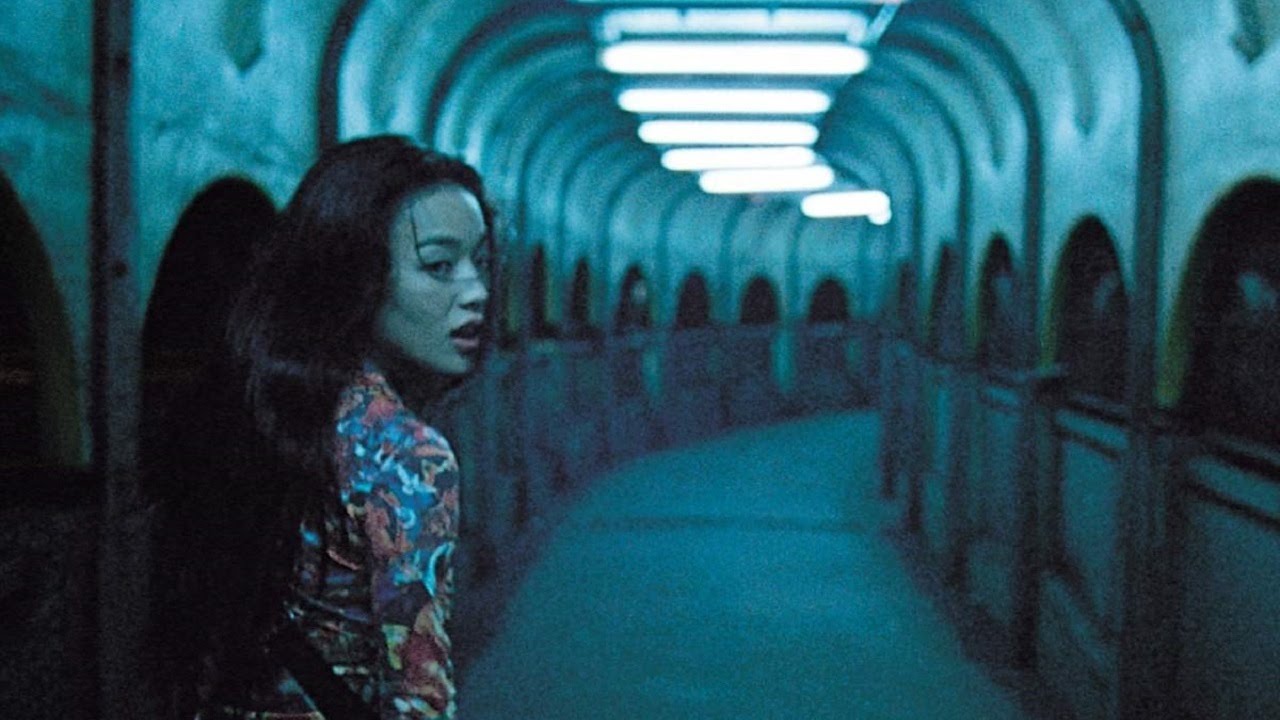
This film signaled a change in Hou Hsiao-Hsien’s themes, dealing with the lives of youth in contemporary Taiwan.
Vicky has recently moved to Taipei from Keelung and handles PR in a nightclub. Hao Hao is her jealous boyfriend who checks everything she does, including her bank transactions, her phone calls, and even her body smell. She spends her days working, doing drugs and fighting with Hao Hao, at least when they are not having sex.
Vicky is frustrated with her life and finds solace in Jack, a charitable gangster and bar owner. She gradually begins to feel comfortable with him, while his tendency to offer help to whoever needs it creates serious troubles for him.
Apart from the change in themes, the film also differed in technique, with Hou’s usual style with the long and lengthy shots being replaced by closer glances at the protagonists, which are more reminiscent of Wong Kar Wai’s works, as is the pervasive melancholy of the megalopolis and the dissatisfaction inside a romantic relationship.
The fact is probably due to Lee Ping Bin’s cinematography, who previously worked in Wong Kar Wai’s “In the Mood for Love”. However, these changes were not a U-turn, since the aforementioned elements are still depicted through Hou’s distinct tranquility.
15. Good Bye, Dragon Inn (Tsai Ming Liang, 2003)
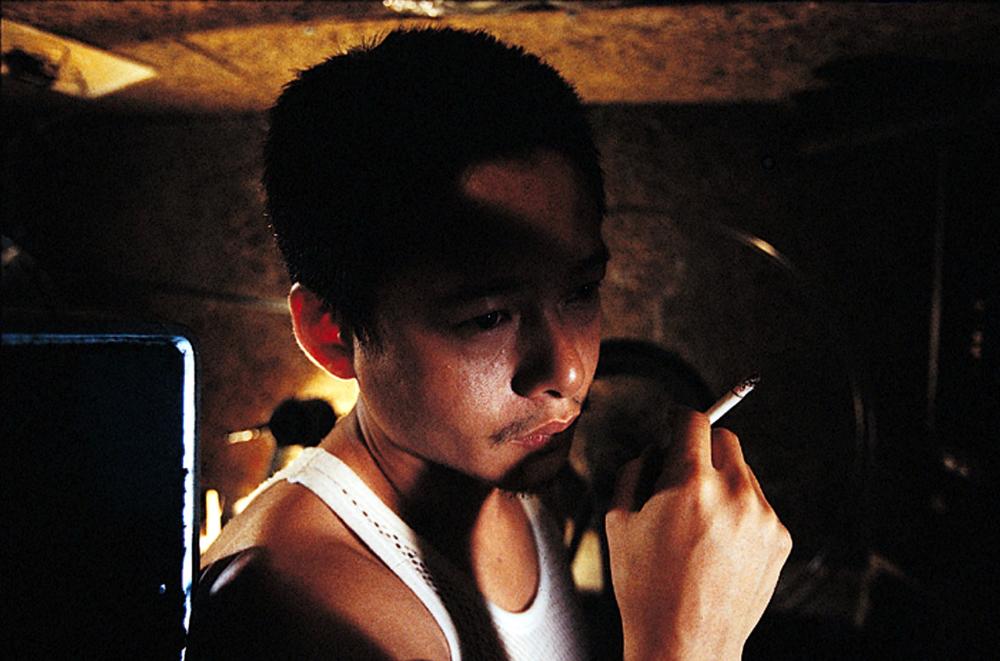
On a rainy night, a young Japanese man takes refuge in a cinema that screens its last movie, since it is about to close. The film is King Hu’s “Dragon Inn” and as the young man sits to watch it, he spots a number of peculiar spectators. There is a kid with his grandfather, who is actually one of the protagonists of the screening film named Miao Tien, as is the guy sitting behind him named Shih Chun.
Both of them are looking intently at their younger selves on the screen. There are also a number of seemingly homosexual men who seem to try to attract each other’s attention. Eventually the Japanese start to roam the cinema, where he meets another cruiser who informs him that the theatre is haunted.
At the theatre entrance, the crippled ticket attendant is eating her dinner when she suddenly decides to bring half of it to the projectionist, who she has never met.
Once more in a film by Tsai Ming Liang, the story comes second after the general aesthetics, this time concerning the atmosphere of the cinema and its effect on the moviegoers, in contrast to contemporary ways of watching films like the computer and the home cinema. This element becomes obvious near the end when the two stars of “Dragon Inn” run into each other and agree that no one goes to the movies anymore.
The film consists almost exclusively of static shots and has less than a dozen lines of dialogue, that hypnotically present the atmosphere of a cinema and the pleasure of enjoying a film in the way it should be watched. The contrast with the martial arts action and quick pace of “Dragon Inn” is quite evident and probably stating that any kind of film can be entertaining inside a cinema.
16. Cape No. 7 (Te Sheng Wei, 2008)

Te Sheng Wei was actually forced to shoot this film in order to acquire fame and sums to shoot “Seediq Bale”, and he succeeded in the most astonishing fashion, eventually creating the highest grossing Taiwanese film of all time and singlehandedly reinstating local filmmaking.
Aga is a failed rock star who has returned to his seaside hometown and is currently working as a mailman, a job Hong Guorong, his stepfather and Town Council Representative, has found for him, and he despises.
However, a chance of redemption appears when a hotel resort organizes a beach concert with the Japanese pop artist Kousuke Atari, and his stepfather uses his influence to include a local band as the opening act. Aga gets involved with the newly-formed band that comprises of a number of ragtag members and a Japanese fashion model named Tomoko as the group’s manager.
Eventually, a romantic relationship begins between the two, as another one, set in the past, is unreeling in the background, through a letter Aga discovers.
One of the main reasons for the film’s success is that it is distinctively Taiwanese in its aesthetics, characters, and especially humor.
The audience adored the two elderly characters, Uncle Mao, who was the former mailman and then a member of the band, and Hong Guorong, with the two of them swearing in Taiwanese all the time and the latter stating that his main hobbies are arguing fighting, killing and setting fires. The rest of the band members are equally hilarious, particularly the 10-year-old bassist named Dada.
Furthermore, the film’s slice-of-life style, the two romances, the forming-the-band concept and the notion of small-time individuals becoming great through cooperation and struggle, are globally loved and presented elaborately here, thus explaining the film’s success.
17. You Are the Apple of My Eye (Giddens Ko, 2011)
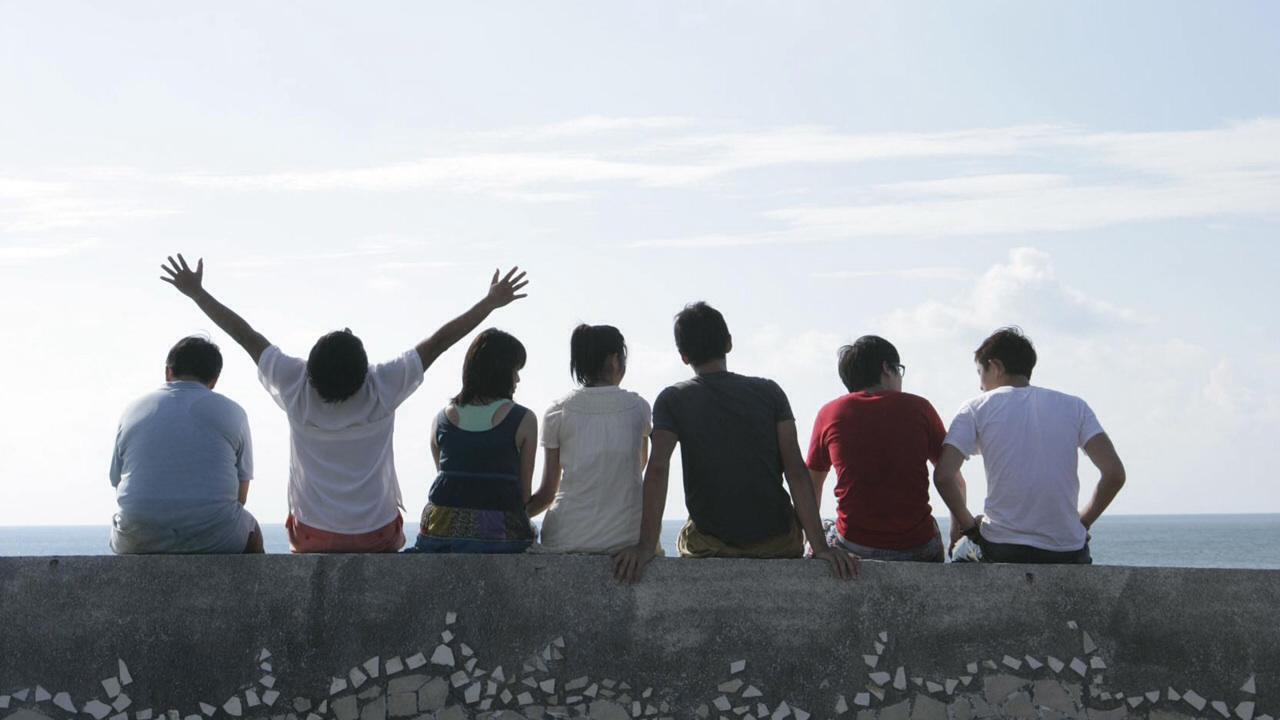
Based on the homonymous semi-autobiographical novel by Giddens Ko, who is also the director, “You Are the Apple of My Eye” is a highly entertaining film that became very successful in most southeast Asian countries. The story revolves around two teenagers who start as schoolmates in 1995, with their relationship stretching to 2005.
Ching Teng is a mischievous and poor student, whose chief preoccupation, along with his friends, is watching Japanese porn and masturbating. During a contest of the latter inside the classroom, he is caught and subsequently relocated in front of Chia Yi, the class’s best student, teacher’s pet and most desired among her schoolmates.
Initially she despises him, particularly due to his academic apathy, but after a chivalrous act that saves her from punishment, she decides to help him with his studies, an idea that both improves his grades and creates a close relationship between the two. From then on, the film shows their relationship through the years.
This film could be another teenage rom-com if not for Giddens Ko incorporating a great deal of sexual frankness, particularly through the teenage boys’ tendencies in that department, which are presented in hilarious fashion, despite the fact that the film faced some censorship due to them.
Furthermore, the film benefits the most from its protagonists’ chemistry (Ko Chen Tung as Ching Teng and Michelle Chen as Chia Yi), and the permeating sense of nostalgia it demonstrates.
18. Warriors of the Rainbow: Seediq Bale (Te Sheng Wei, 2011)
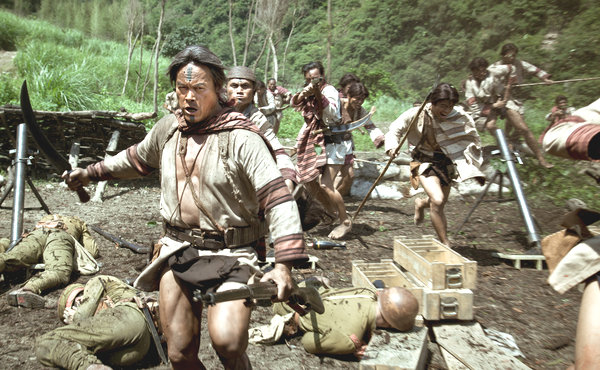
“Seediq Bale” is a 4-hour epic based on historic facts that took the director 15 years to complete, and the most expensive production in the history of Taiwanese cinema.
The story examines the history of Seediq, an indigenous tribe of Taiwanese Austronesian people who mostly hunted in the woods, at least when they were not fighting amongst each other. However, their life, which was utterly connected to nature, was disrupted by the Japanese Occupation that occurred in 1895.
The protagonist of the film is Mona Rudao, who appears as an adolescent before and a little after the Japanese invasion that resulted in the ruin of the way of life of the indigenous. The picture then flashes forward to 1930, when the Seediq find themselves in a situation similar to slavery, having to work in extreme conditions for meager sums and spending the rest of their time getting drunk.
Eventually, a team of youths, frustrated with the situation, decides to revolt and ask the middle-aged Mona Rudao to be their leader. Although reluctantly at first, he and some of the other tribes agree to go to war and stage an attack toward Wushe, which ends up in massive killings of Japanese, including women and children. Subsequently, the occupying forces retaliate.
Te Sheng Wei’s focus was to depict the natives and their culture as realistically as possible, and to accomplish that, he went to a plethora of extremes, particularly in the technical department, which almost resulted in the film not being completed.
Additionally, in his efforts to use actual Seediq in the movie, he cast two local non-actors in the protagonist roles, a model to play young Rudao and a local priest to play the elder. However, both them acted wonderfully, with their performances being some of the biggest assets of the film and a triumph for Wei’s tactics.
The portrayal of the indigenous is another point of excellence, with their depiction being highly realistic, including their many faults (violent, cunning, ruthless, sadistic) and their virtues (heroic, selfless).
19. Stray Dogs (Tsai Ming Liang, 2013)
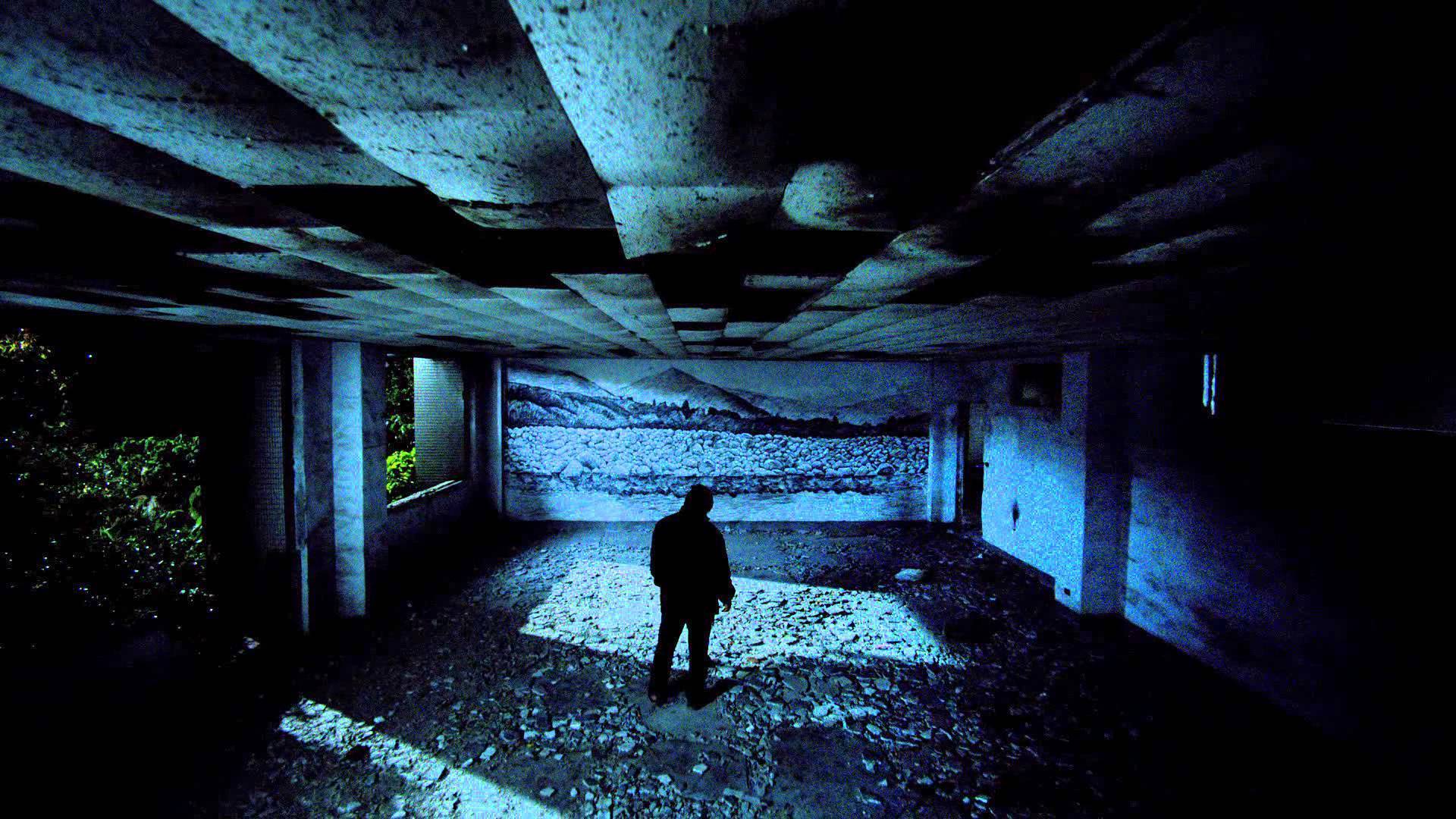
A homeless alcoholic struggles to survive in chaotic Taipei along with his two children, with his only income coming from a job where he holds signs advertising real estate. His work is very hard since he has to stand everyday in the middle of a large avenue, having to bear the cold and the indifference of the passerby, for a meager sum that is barely enough to provide the minimum for his children.
The boy and the girl spend the day in a local supermarket, eating the free samples they share. The three of them meet every night to wash in public bathrooms and sleep in abandoned buildings.
The only shine of hope comes from a woman who works at a supermarket, who decides to take care of the children.
Tsai Ming Liang creates an utterly pessimistic film, filled with hopeless pariahs who have no alternative in their lives besides sinking deeper and deeper into the social gutter, along with other stray dogs, literal or metaphorical, desperately searching for some kind of redemption, only to discover that death may be the only one.
Technically, the film is distinctively minimal with scarce dialogue and static and lengthy shots that seem to perfectly fit the decaying and realistic atmosphere Liang wants to portray. His cinema once more revolves around senses, sentiments and magnificent cinematography, rather than the script and acting, in one of his most demanding films.
20. Kano (Chi Hsiang Ma, 2014)
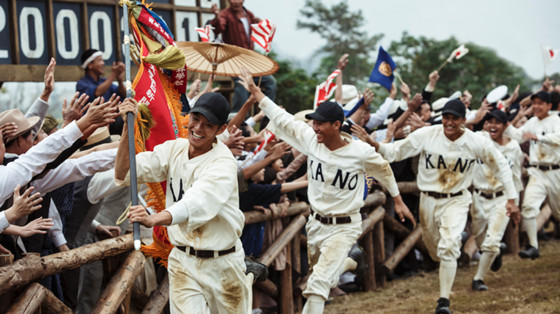
Chi Hsiang Ma, one of the protagonists of “Seediq Bale”, directed this highly entertaining film, which uses the all-time favorite concept of David versus Goliath by presenting the real story of a Taiwanese multiracial high school baseball team that represented the island in the 1931 Japanese High School Baseball Championship at Koshien Stadium, when Taiwan was still under Japanese rule.
The film follows the generic formula of similar films, with a Japanese coach named Hyotaro Kondo taking on a mediocre team consisting of Han Chinese, Taiwanese aborigines, and Japanese players, and shapes them through discipline into a powerhouse that manages to dominate the competition.
The man behind most of the contemporary Taiwanese blockbusters, Te Sheng Wei, this time takes the role of co-scriptwriter and co-producer, and proves that he truly owns a magic wand, creating another hugely successful film by incorporating two of his distinct traits.
The first one is the attention to detail, which mainly appears through the accuracy in the various dialects, the recreation of the areas the film takes place, and the realistic depiction of the sport. The second one is the enmity between the Japanese and the occupied Taiwanese, which is the main reason the locals flooded cinemas in order to watch one of the few occasions they actually won against them.
Masatoshi as Hyotaro Kondo and Tsao Yu Ning as the Han pitcher are wonderful in their respective roles.
Author Bio: Panos Kotzathanasis is a film critic who focuses on the cinema of East Asia. He enjoys films from all genres, although he is a big fan of exploitation. You can follow him on Facebook or Twitter.